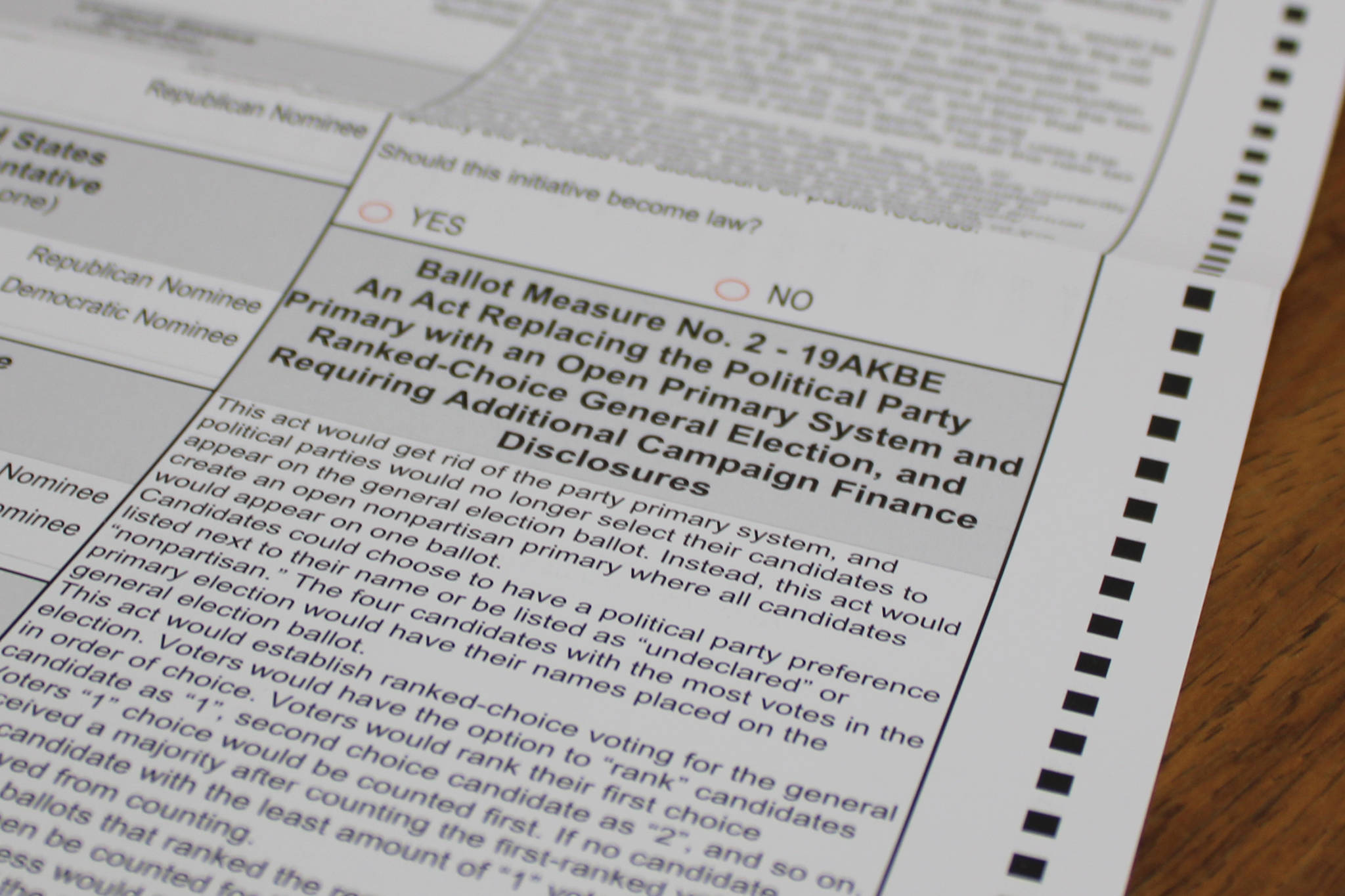By Bruce Botelho
Ballot Measure 2 is about ending the influence of dark money, opening primary elections to all qualified voters and allowing voters in the general election to rank the candidates for each office according to their preference.
These nonpartisan reforms have been tested in other states and resulted in increased voter turnout, greater candidate diversity, and more transparent campaign financing. They are three practical changes that put the power of elections more squarely in the hands of the people — where it belongs — and encourages our representatives to work together on solutions to the challenges endangering our future.
Among my friends, none argue about the importance of transparency in campaign financing and they understand the value of truly open primaries where anyone having the desire to run for office may step forward and all voters regardless of their political affiliation are able to select the top four candidates to appear on the general election ballot. I write here primarily to comment on ranked choice voting, the element of Ballot Measure 2 that has caused the greatest concern in my circle and one that I too initially had grave reservations about. Here’s what changed my mind.
How many times have Alaskan voters had to worry that by voting for their favorite candidate, they could split the vote and end up electing the candidate they like the least? In Alaska, fractured plurality wins happen all the time. Only five governors in Alaska’s history have been elected with a true majority of voter support.
[Measure goes beyond party lines]
Ranked-choice elections free voters to securely list the candidates for each office in order of their personal preference. If no candidate has a majority, then there is an instant runoff until a candidate has achieved an outright majority– a true mandate to govern. Thus ranked choice voting is a powerful change that pushes candidates and voters alike to seek common ground. Candidates are incentivized to build broad coalitions of support, rather than to play to a fervent wing of a narrow base. It has been used at the municipal level in the United States for more than 100 years.
Some have argued that ranked choice voting leads to the demise of the political parties as we know them. I disagree. Certainly the parties relinquish their control over the primary process, but nothing bars their active engagement in electioneering on behalf of candidates they support. Australia, which has a vibrant two-party system, has used ranked choice voting for more than a century.
The basis for Ballot Measure 2 is simple — people, not parties, should choose our elected representatives. Please vote “yes” on ballot measure 2 for better elections and a more democratic Alaska.
• Bruce Botelho is a former mayor of Juneau and co-chair of Yes on 2 for Better Elections. Columns, My Turns and Letters to the Editor represent the view of the author, not the view of the Juneau Empire. Have something to say? Here’s how to submit a My Turn or letter.

